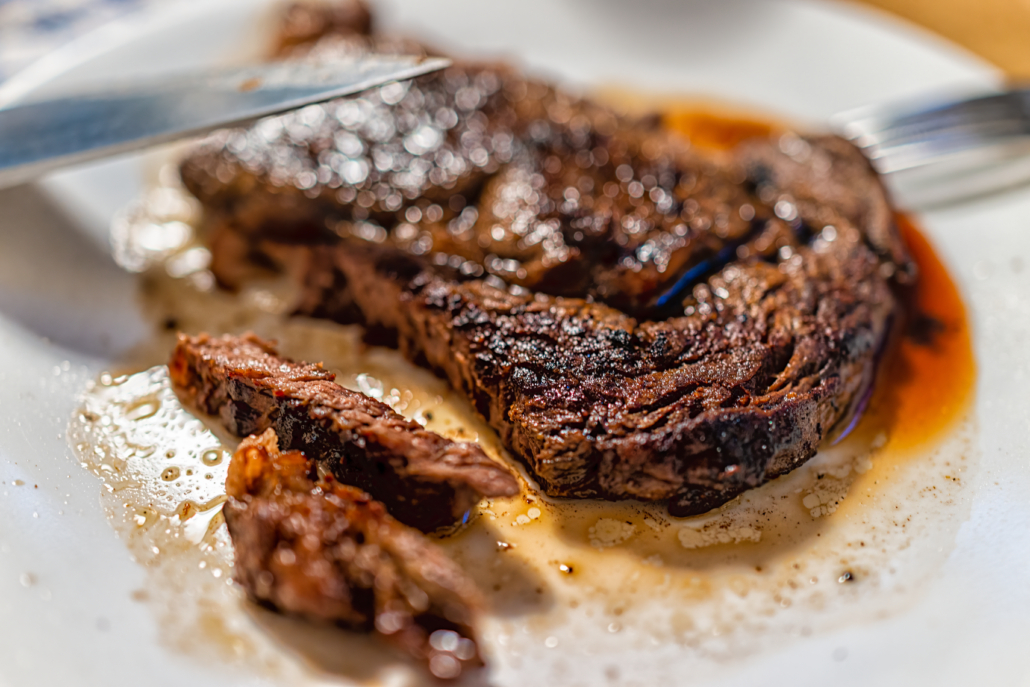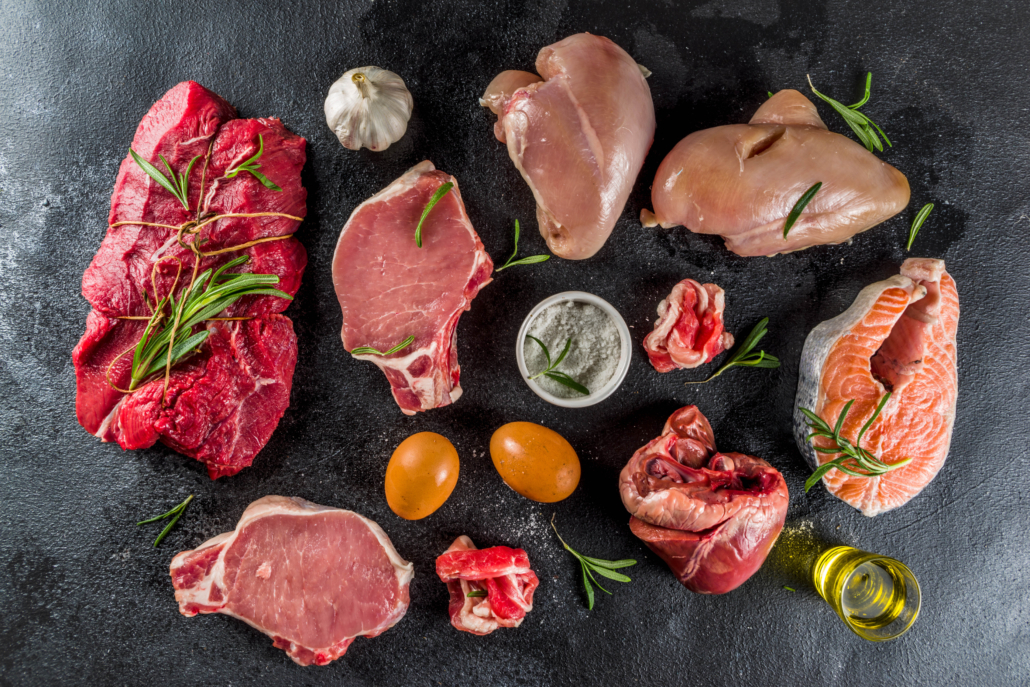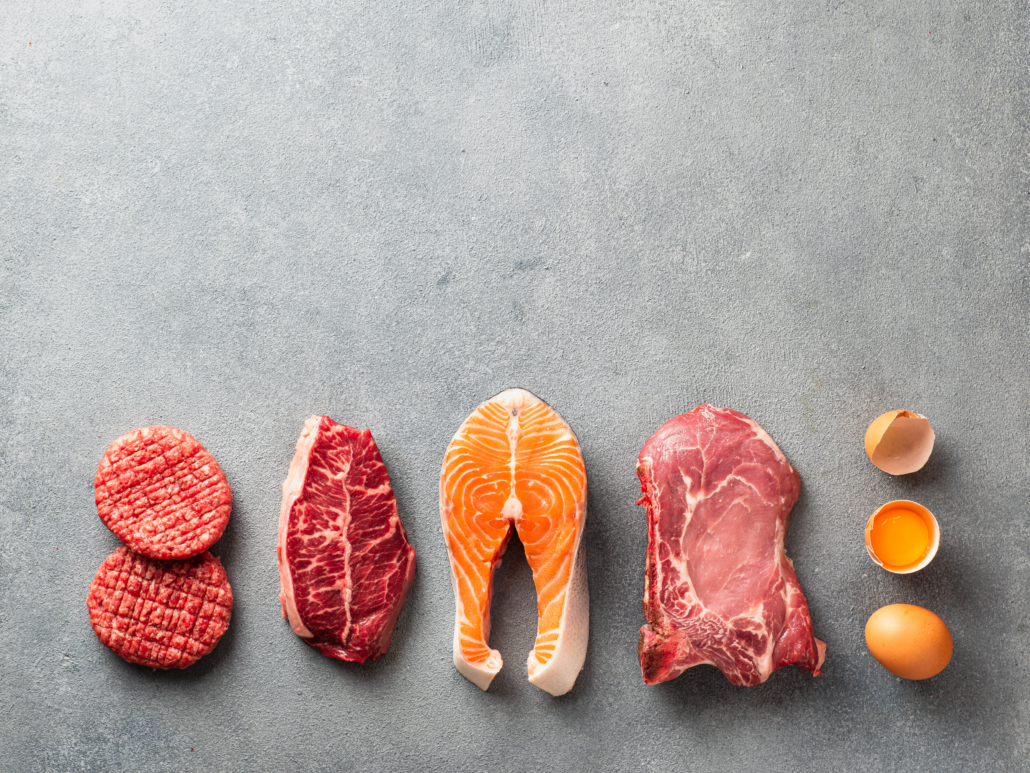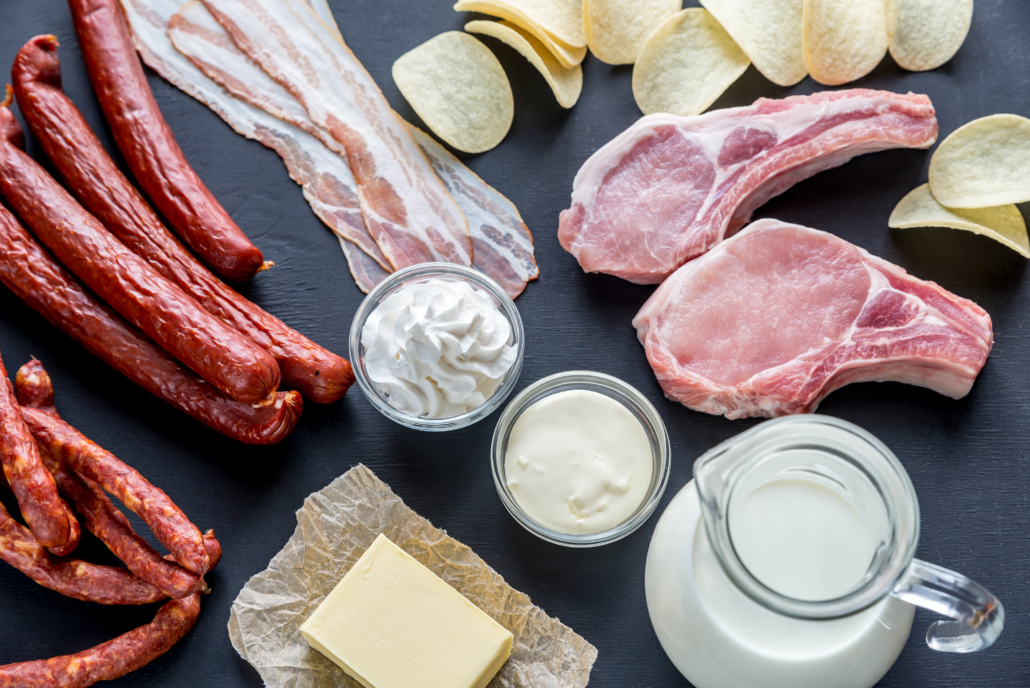We include products in articles we think are useful for our readers. If you buy products or services through links on our website, we may earn a small commission.
What is the Raw Meat Carnivore Diet: Benefits and Risks
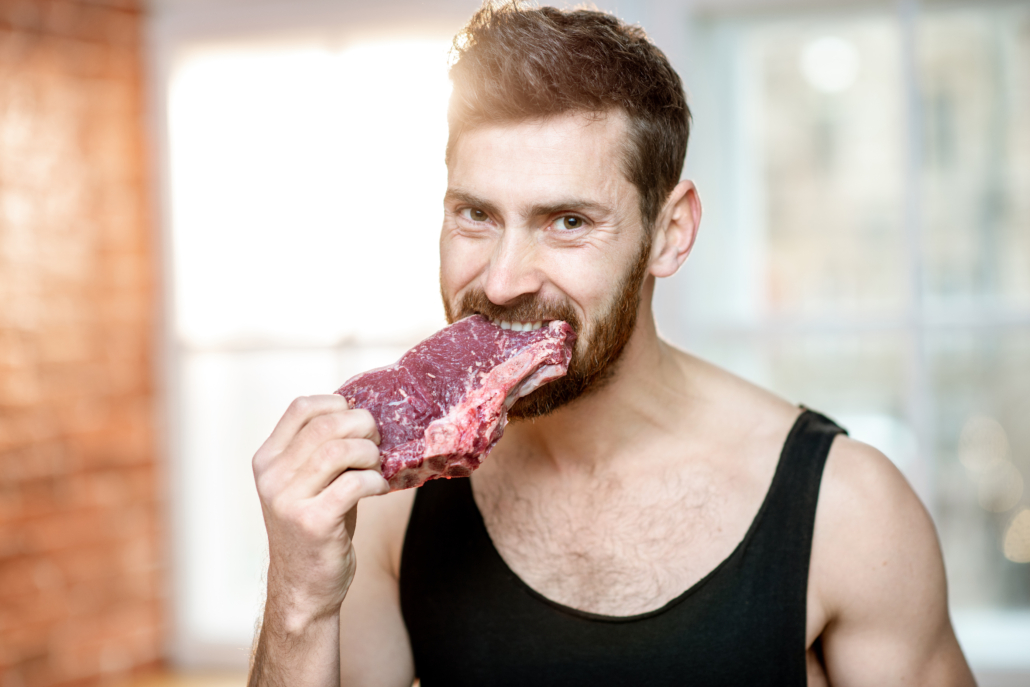
The carnivore diet calls for eating only meat and other animal products. This marks a return to the way our ancestors ate for millennia. The raw meat carnivore diet is seen by some carnivore enthusiasts as the apex of ancestral eating. This makes sense when considering that humans were hypercarnivorous apex predators thriving on raw meat for over a million years before our species learned to cook with fire.
But just because our ancestors ate and thrived on raw meat, does that mean it’s healthier for us modern humans?
In this article, we’ll explore the raw carnivore diet by looking at the rationale behind it, along with the possible benefits and drawbacks. Let’s dig in.
Table of Contents
What is the Raw Meat Carnivore Diet?
It’s all in the name: The raw carnivore diet means eating only raw animal products.
If you’re practicing the raw “Lion,” carnivore elimination diet of red meat, salt, and water, “raw” refers exclusively to ruminant meats, like beef, bison, lamb, and elk.
A more inclusive approach to raw meat carnivore incorporates raw fatty fish, shellfish, and raw cheese and cream.
Keep in mind that chicken and pork are almost never eaten raw since these meats are much more likely to contain harmful pathogens.
Raw vs. Cooked Meat?
Raw carnivore proponents believe that raw meat has more nutrients and that they are more readily absorbed in the body.
Does science support these views?
Well, the jury is still out. There haven’t been any human studies on the benefits or drawbacks of eating raw meat. The lack of human research is due to the prevailing belief that raw meat contains too many pathogens to experiment with it safely. Yet raw meat is on menus across the world–beef tartare, anyone?
So, there seems to be a disconnect between nutritional fears and actual human eating habits.
For now, most of the people promoting the raw carnivore diet are ancestral eating enthusiasts, taking their personal experimentation to another level.
However, they often cite a few modern studies on nutrient depletion from cooking, and a couple of classic animal experiments–more on these below.
Nutrients: Raw vs. Cooked
There are studies that support the view that cooking meat reduces the presence of certain vitamins and minerals, including
However, these same studies also show that levels of important minerals, including copper, zinc, and iron, actually increase with cooking.
In one widely cited 2009 study, researchers compared rats fed raw and cooked meat or sweet potatoes. They then tracked changes in body mass and exercise performance.
The researchers determined that cooked meat provided more energy than raw meat and that hungry mice had a much stronger preference for cooked food.
Fewer Carcinogens
Meat cooked at high temperatures has the potential to form a few compounds that have been found to be carcinogenic at high doses. These compounds include Advanced Glycation End-Products, Polycyclic Aromatic Hydrocarbons and Heterocyclic Amines.
These compounds have been found to be carcinogenic in animal studies where the subjects were fed extremely high levels that even BBQ enthusiasts wouldn’t come close to.
While in human studies, the link between increased consumption of well-cooked meats and cancer is inconclusive.
Whether the risk is real or not, on a raw meat diet, you don’t have to think about it. Raw meat is free of these potentially harmful compounds–though it may contain other harmful pathogens.
Pottinger’s Cats
Back in the 1930s, Francis Pottenger, Jr. used cats as part of experiments to look for links between tuberculosis and adrenal gland deficiencies.
Pottinger originally fed his cats a diet of cooked meat, bones, and organ meats. Sounds good, right? Not so fast…
As the number of his test subjects outgrew his original food source, he brought in a new source that provided raw meat. To Pottinger’s surprise, the cats fed raw food showed remarkably better health outcomes.
Naturally, this piqued Pottinger’s scientific interest, and for the next ten years, he diligently tested and documented the multigenerational effects of raw vs. cooked diets.
The food sources he tested included raw and cooked meat and raw and pasteurized milk.
To sum up his findings, Pottinger discovered that cats fed raw meat and milk were remarkably healthy. The health of cats fed cooked foods dramatically deteriorated to the point of near extinction after only four generations.
The dramatic health declines seen with generations of cats eating cooked meat included:
- dental infections
- Mother cats had difficulty carrying offspring full-term
- Higher rates of miscarriages and infant mortality
- Mother cats were often too weak to nurse
- Mother cats died in labor
- Kittens were born with varying skeletal structures and weaker bones, and were prone to infections, allergies, and respiratory illnesses.
- Low energy
- Smaller in size
- Anxiety
- Allergies
- Poor coat quality
From the first to the third generation of cats fed cooked food, the calcium content in the bones was reduced by 97%. In other words, the health problems increased as they were passed from generation to generation.
Pottinger also tested the ability of a raw diet to regenerate health. His experiments yielded positive results, with only minor lingering health issues.
Now, decades later, Pottinger’s experiments are a source of inspiration for raw carnivore dieters who view our reliance on cooked and processed foods as an epigenetic factor in the dramatic increase of modern diseases known as the “diseases of civilization.” And they view eating raw meat as the best way to reclaim our metabolic health.
Ugolev’s Raw vs. Cooked Frog Experiment
In 1984 Alexander Ugolev, a Russian scientist who devoted his life to studying digestion conducted an experiment involving two dead frogs.
Both frogs were dead, but only one was cooked. He placed each frog into a beaker of hydrochloric acid that mimicked the stomach acid of a carnivore.
The cooked frog remained mostly intact, with only moderate degradation to its surface.
While the raw frog completely dissolved.
The difference in the “digestion” of the frogs had to do with a process called “autolysis,” meaning self-destructing.
When the raw frog came into contact with the acid, ions from the acid penetrated the cells, destroyed the lysosomes, and released the cells’ own enzymes, which themselves began a process of self-digestion.
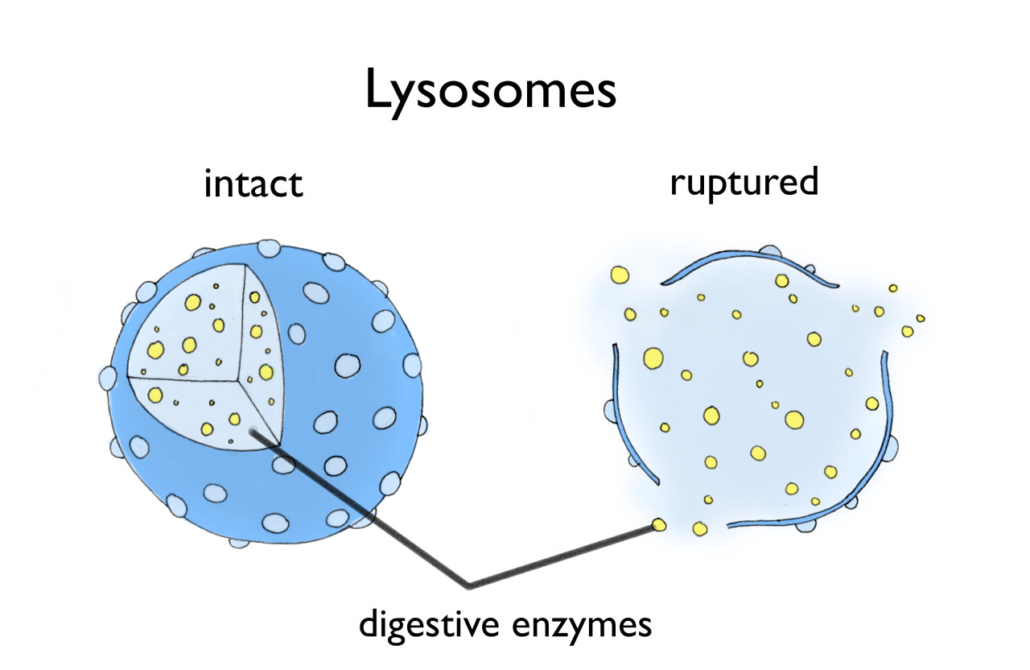
The reason autolysis didn’t occur in the cooked frog was that the heat had destroyed the enzymes within the frog’s cells. This meant the acid could only break down external tissues.
Raw carnivore dieters cite this study to support the idea that since raw meat can digest itself, it is more thoroughly and effortlessly digested than cooked meat.
However, cooked meat digests thoroughly in the human system anyway, so these claims seem to be misguided.
Is it Safe For People to Eat Raw Meat?
Some of you may be wondering if humans can even eat raw meat without getting sick.
Well, the fact that we’re here is a testament to the ability of our ancestors to proliferate on a diet of mostly raw meat for nearly 1.5 million years before we learned to make fire. =
More recently, Inuit and other northern tribes still consume significant amounts of raw meat from caribou, elk, seal, and beluga whale and show remarkably robust health markers.
The Acidity of Our Stomach is Made to Digest Meat
Our evolution as raw meat eaters is reflected in the fact that our stomach acidity is even higher than that of normal carnivores.
In fact, it’s equal to the acidity of some scavengers. Bathing raw meat in hydrochloric acid allowed our ancestors to eat large animals over a period of days and weeks, even as pathogens accumulated in the meat.
Does this mean you should, too? Nope, but it does suggest that you can do just fine on a diet of raw meat if it’s sourced fresh, and handled minimally by a reputable purveyor.
It is worth noting that various studies have found that raw beef can contain illness-causing bacteria, including Salmonella, Escherichia coli (E. coli), Shigella, and Staphylococcus aureus. All of these pathogens can cause food poisoning, and all are destroyed by cooking.
But let’s not forget that despite these risks, raw carnivorous fare is safe enough to be a mainstay on the menus of the world’s best restaurants.
Common Raw Meat Dishes
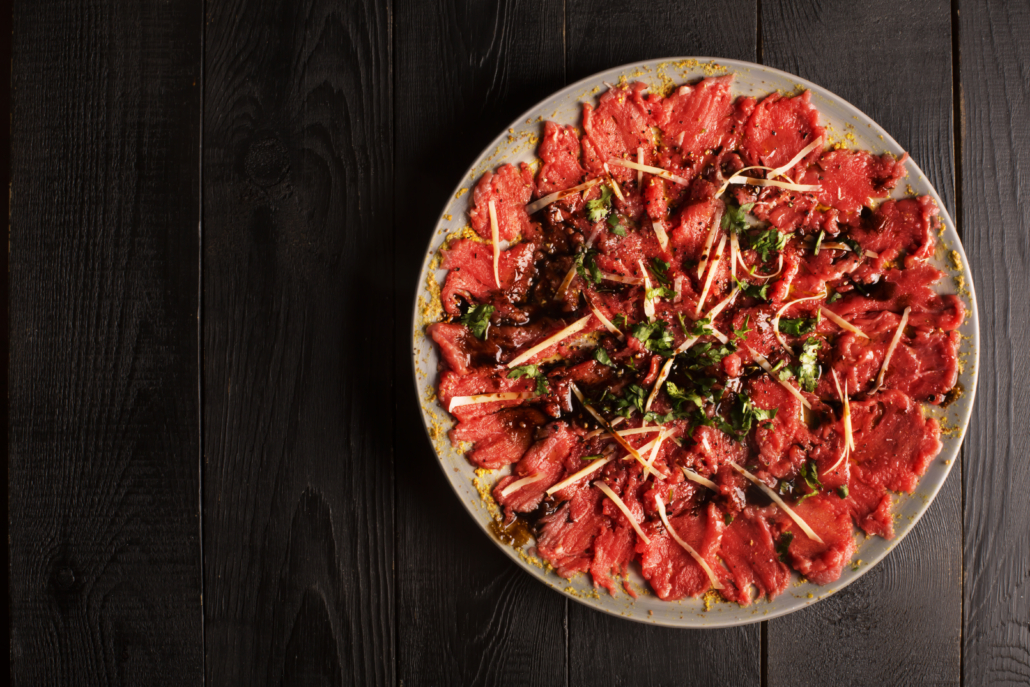
Some common raw meat dishes from around the world include:
- Steak tartare: minced raw beef steak mixed with raw egg yolk
- Tuna tartare: raw, chopped tuna
- Carpaccio: an Italian dish of raw, thinly sliced beef or fish
- Pittsburgh ”blue” steak: seared on the outside and left completely raw on the inside
- Mett: a German delicacy of uncooked minced pork
- Sushi and sashimi: raw fish and other sea creatures like urchins and eels
- Torisashi: thinly cut strips of chicken, seared on the surface and raw within

Raw Liver as Medicine
Back in 1934, researchers George Minot and William Murphy were awarded the Nobel prize for discovering that eating raw liver cured anemia (iron deficiency).
Anecdotal Benefits of Raw Carnivore
Numerous raw carnivore adopters are chronicling their experiences and sharing the benefits they personally experience.
For instance, writer Mariko Lockeridge has found that her poops are “kind of amazing” and worth a high-five with her boyfriend every morning.
She also concurs with the reports of hundreds of other raw carnivores that her energy levels and sex drive shot up and remain consistently high. She even reports having orgasms sooner and in quick pyrotechnic succession.
Raw Meat Carnivore Diet Tips
If you’re intrigued by the raw carnivore diet and want to give it a try, here are some tips to make it as safe and successful as possible.
Freeze your meat for seven days and eat immediately after you thaw.
According to the USDA, freezing meat to 0 °F neutralizes any microbes, bacteria, yeasts, and molds present in food.
However, once the meat is thawed, microbes can become active and multiply if the conditions are right.
Once thawed, eat your meat right away! Letting your meat sit at room temp allows contamination from airborne pathogens.
Eat the Highest Quality Meat
If on a normal carnivore diet, it’s important to know where your meat comes from, on the raw carnivore diet, it’s essential.
You want to be sure that the meat is from healthy animals and is processed and stored in ways that minimize contamination with harmful pathogens.
The Bottom Line on The Raw Meat Carnivore Diet
Thousands of anecdotal reports suggest that the raw carnivore diet boosts energy and improves digestion.
But eating raw meat does come with its potential risks. Raw meat is easily colonized by potentially harmful pathogens and parasites. Cooking eliminates these dangers, while “cooking” the meat in your stomach acid, doesn’t always do the trick.
To minimize the risk from raw meat, freeze your meat for at least a week and consume it immediately after thawing.
Or avoid any risks and simply enjoy a normal carnivore diet. Searing your steak on the outside where it’s been exposed to air can dramatically reduce the risk of contamination while leaving the inside raw and tender.












